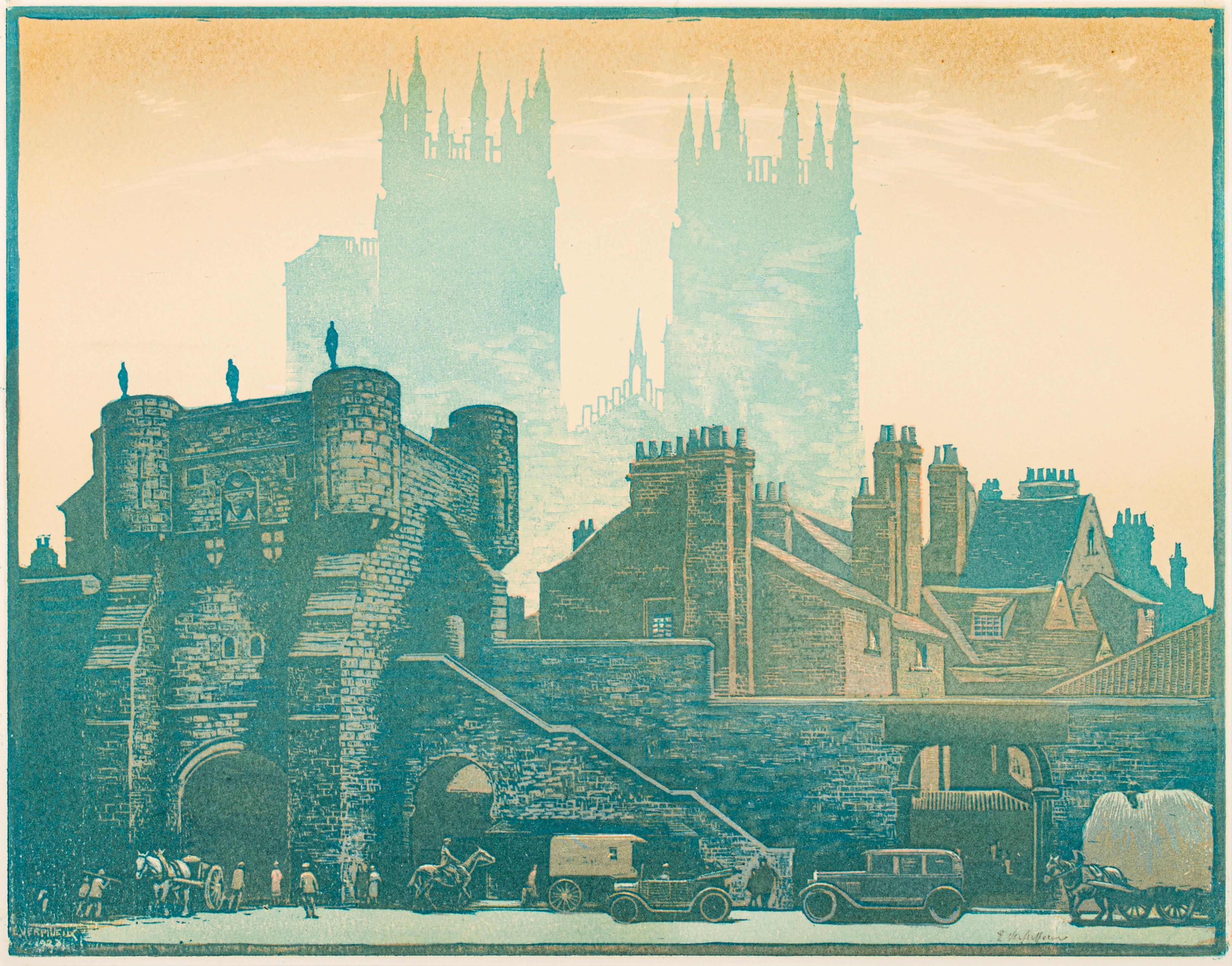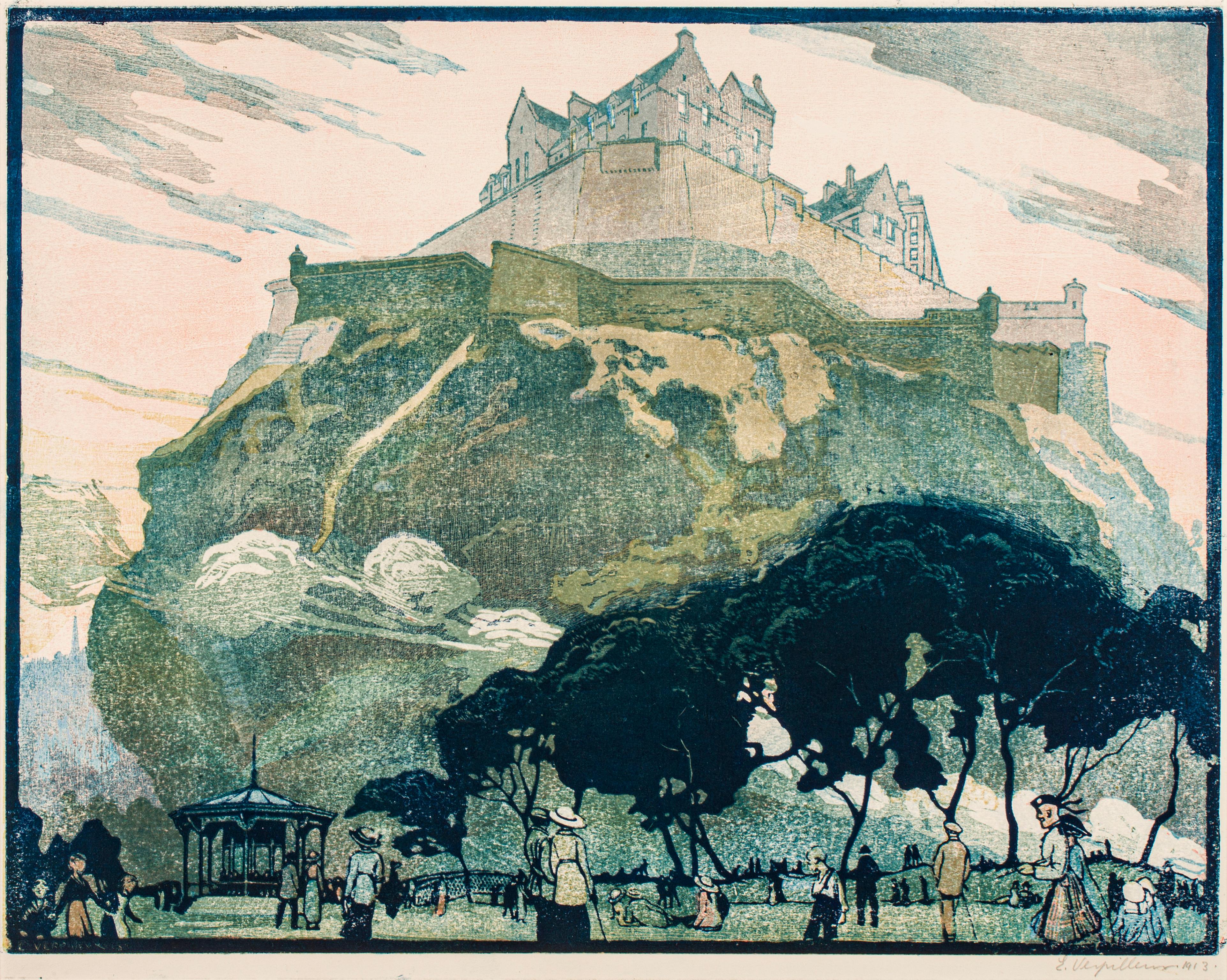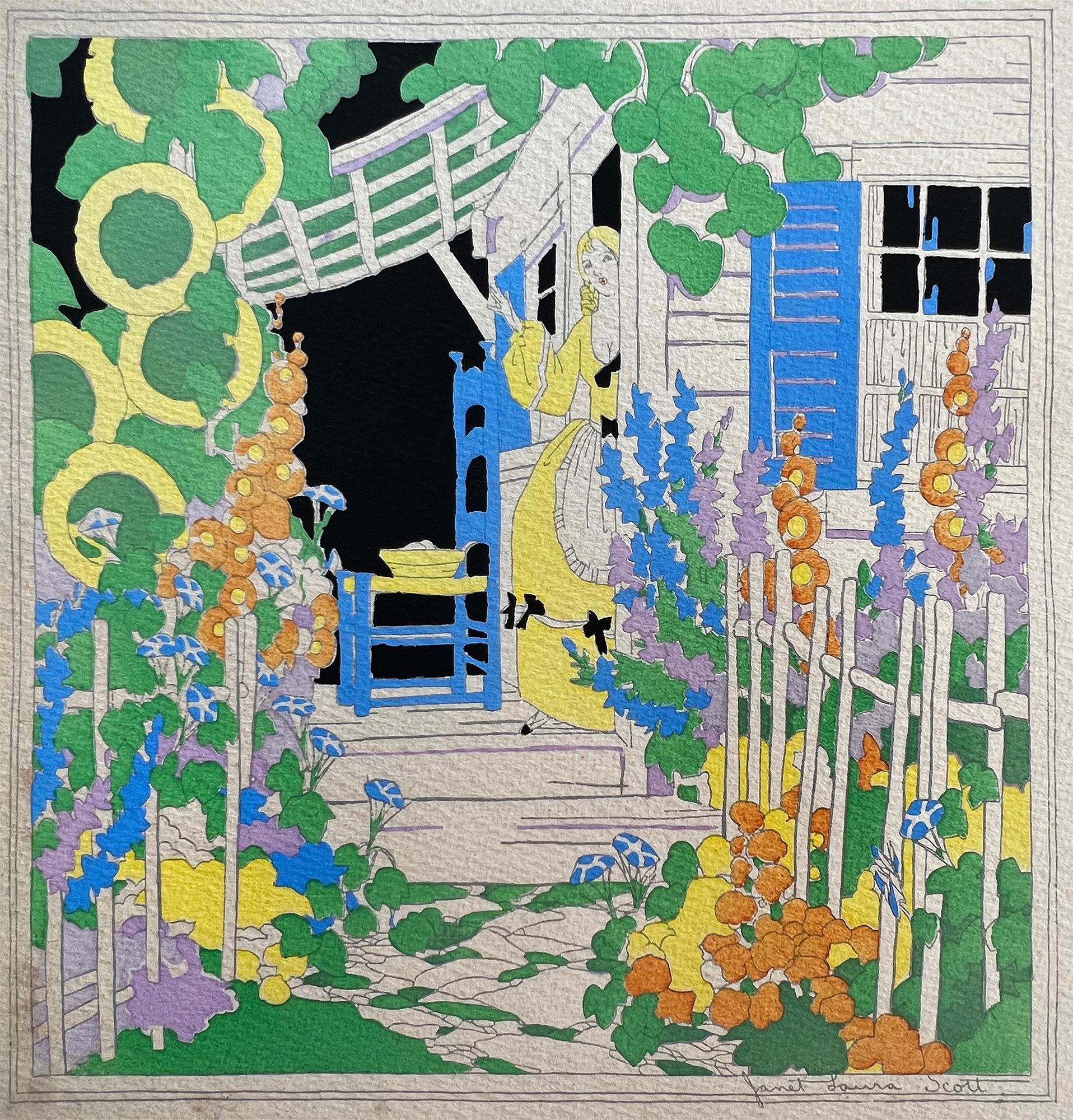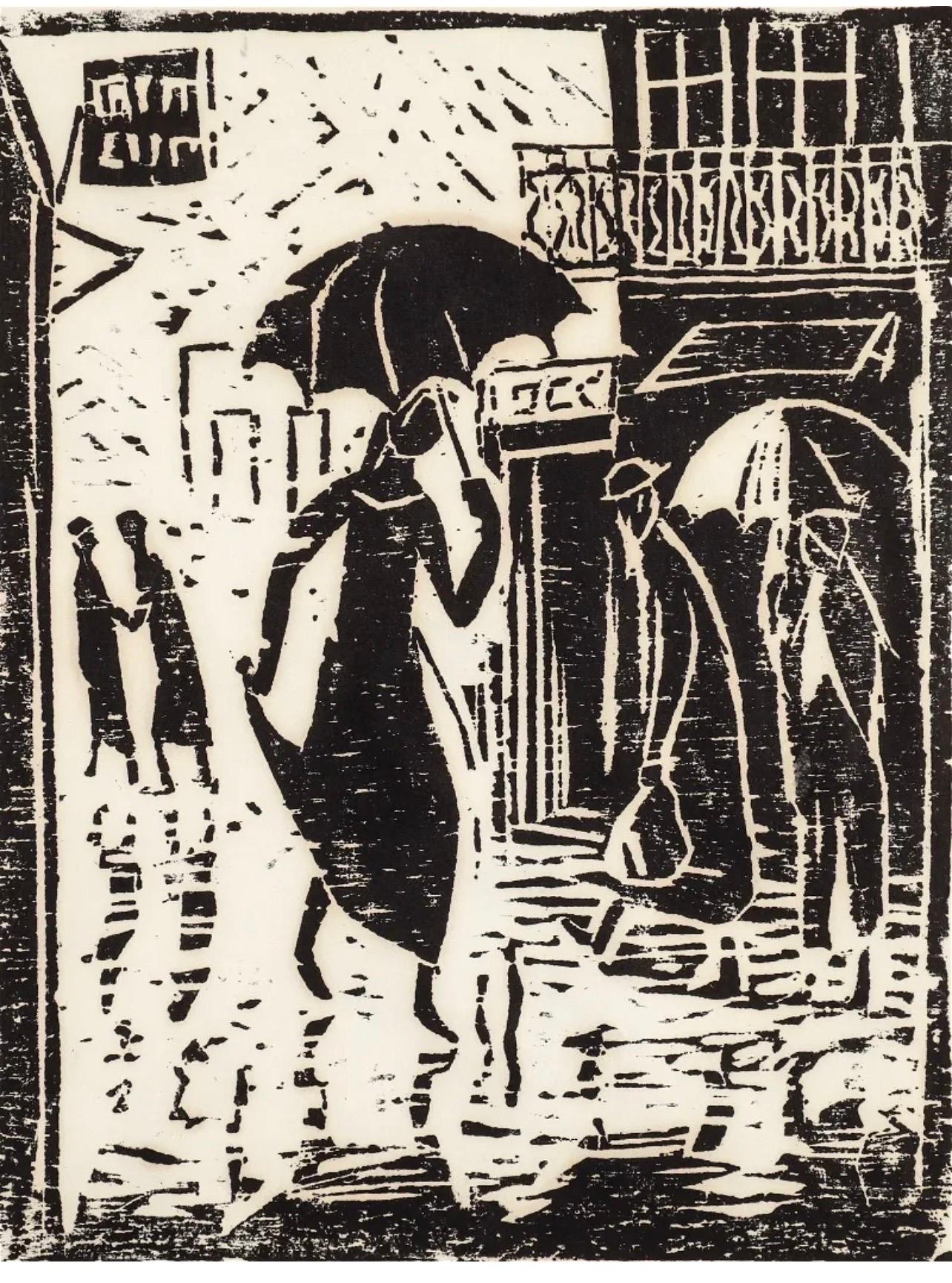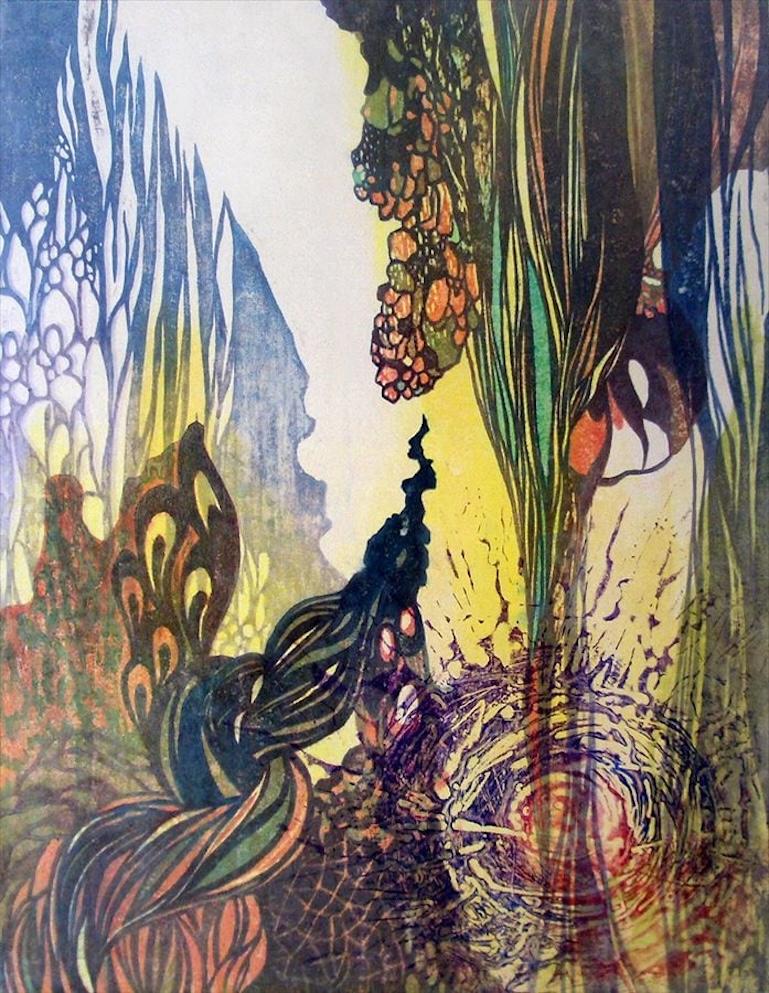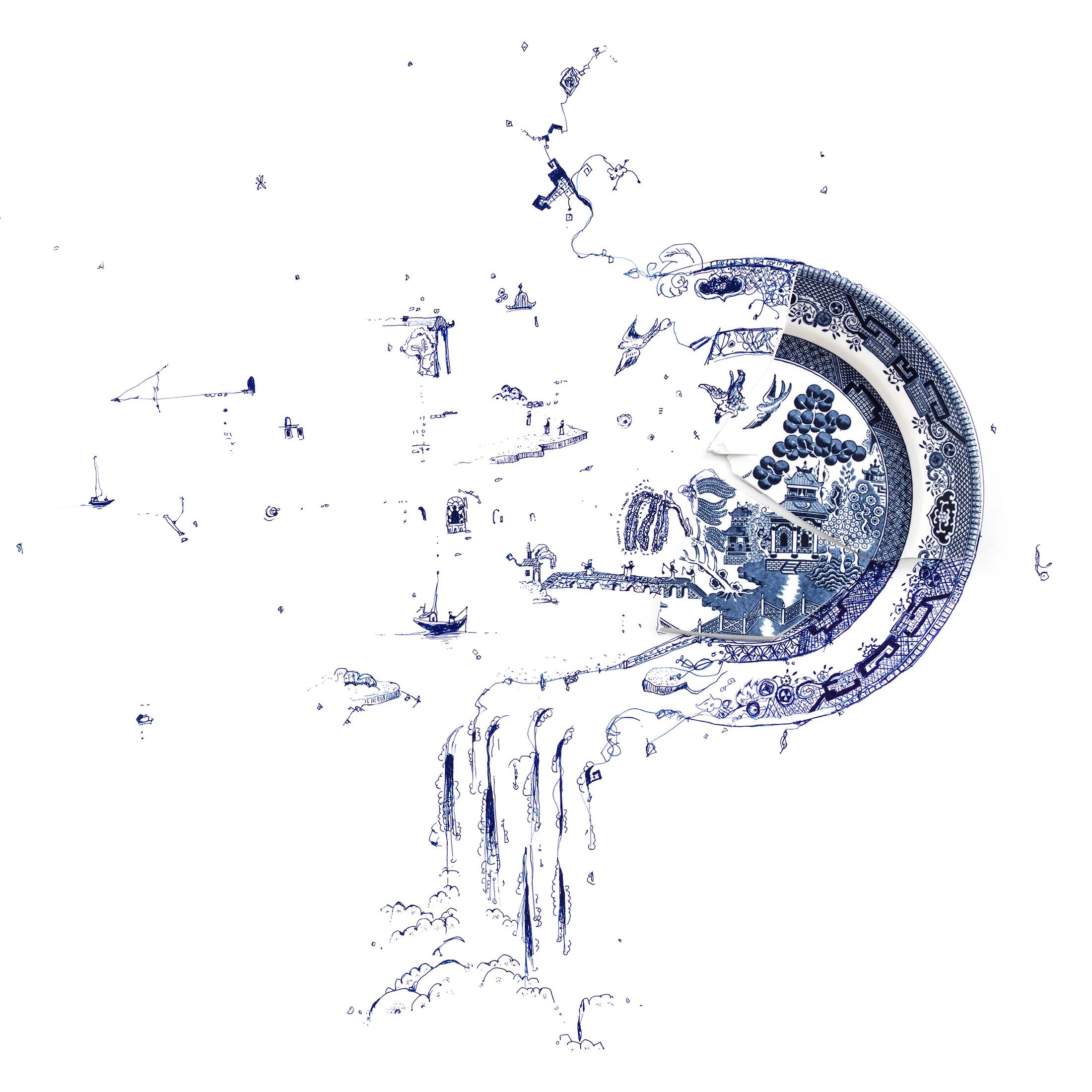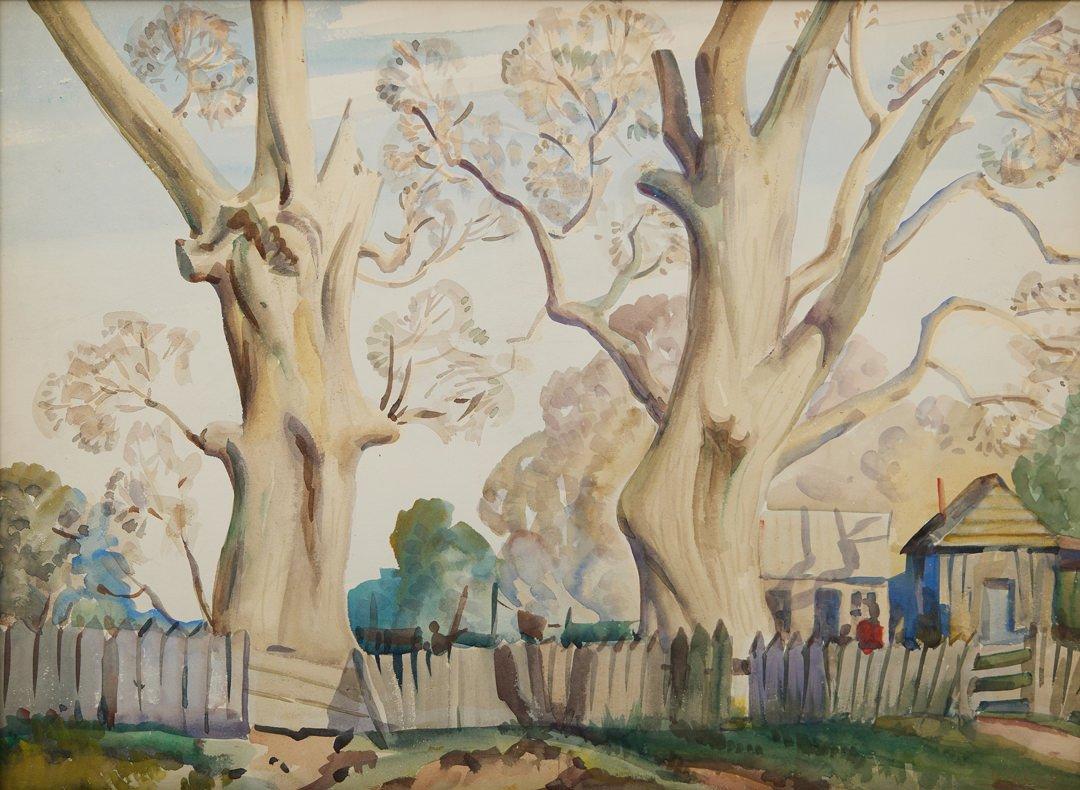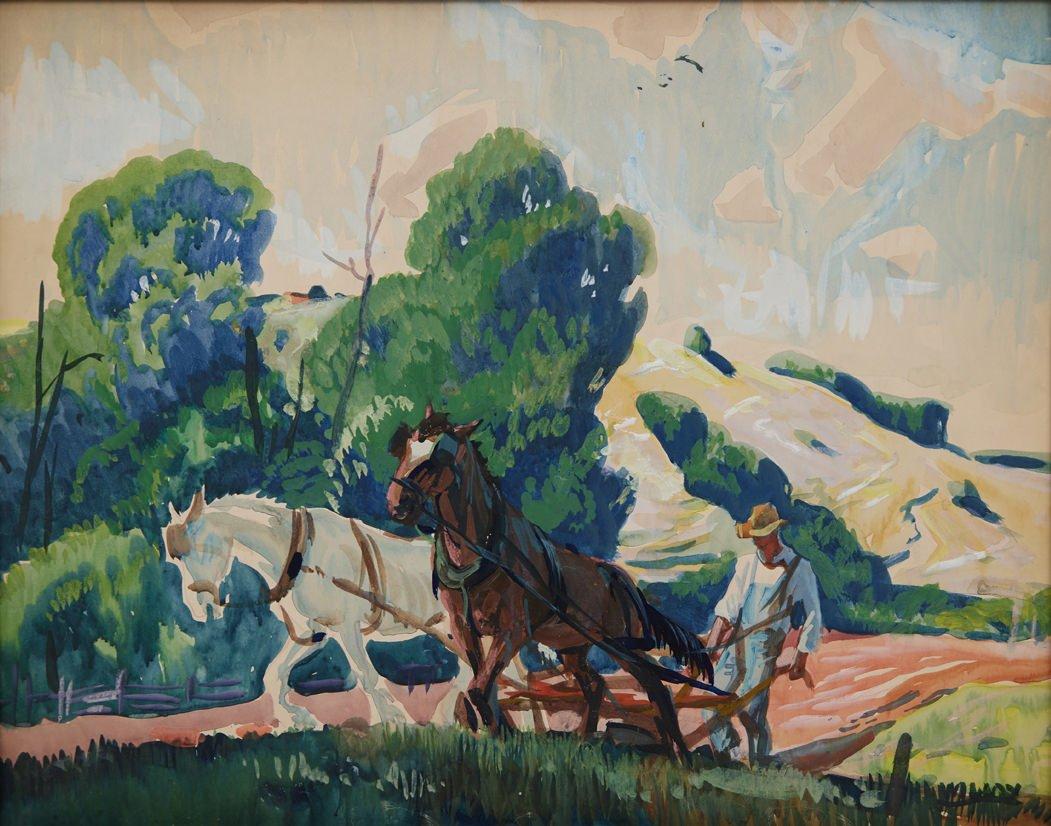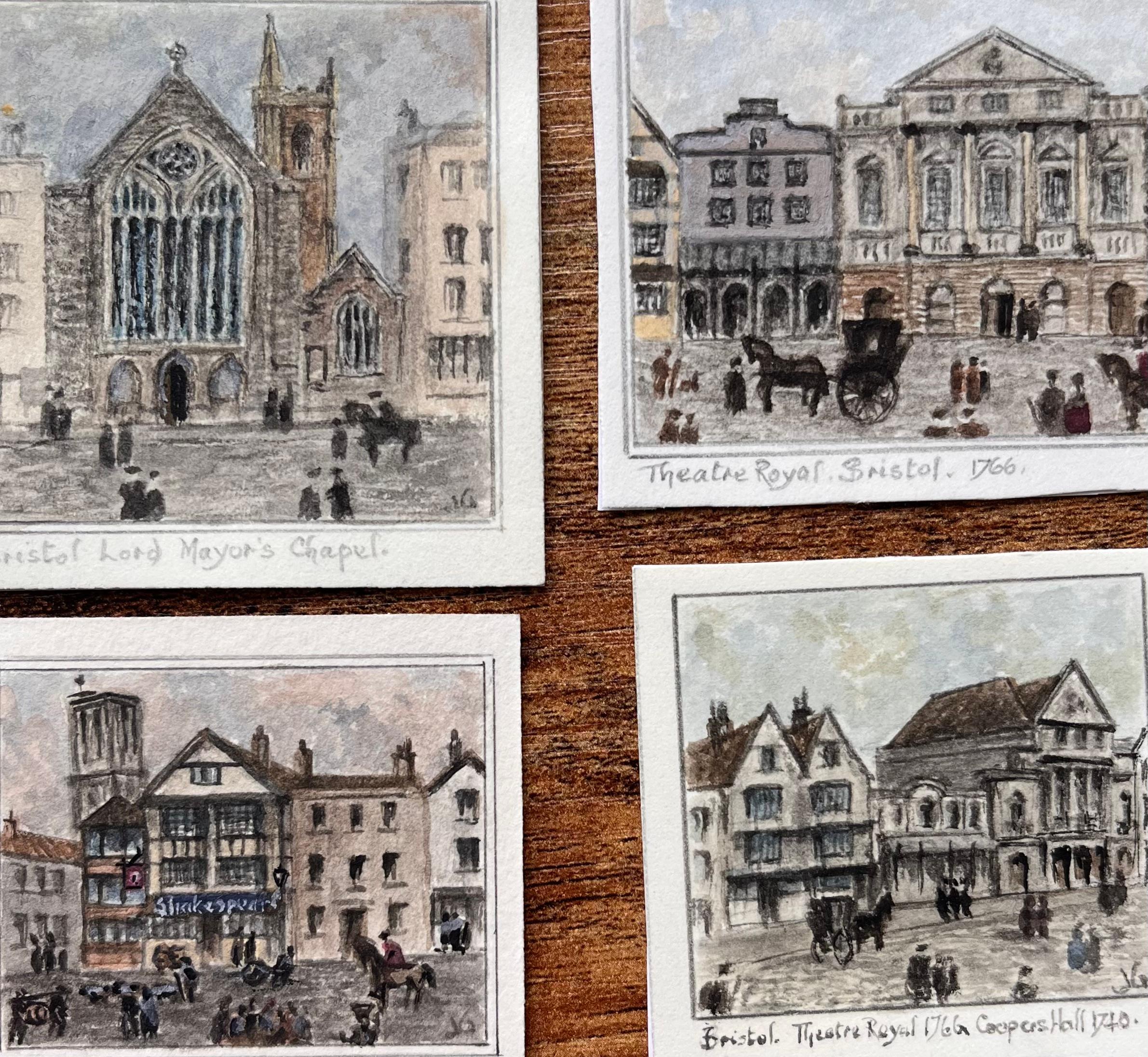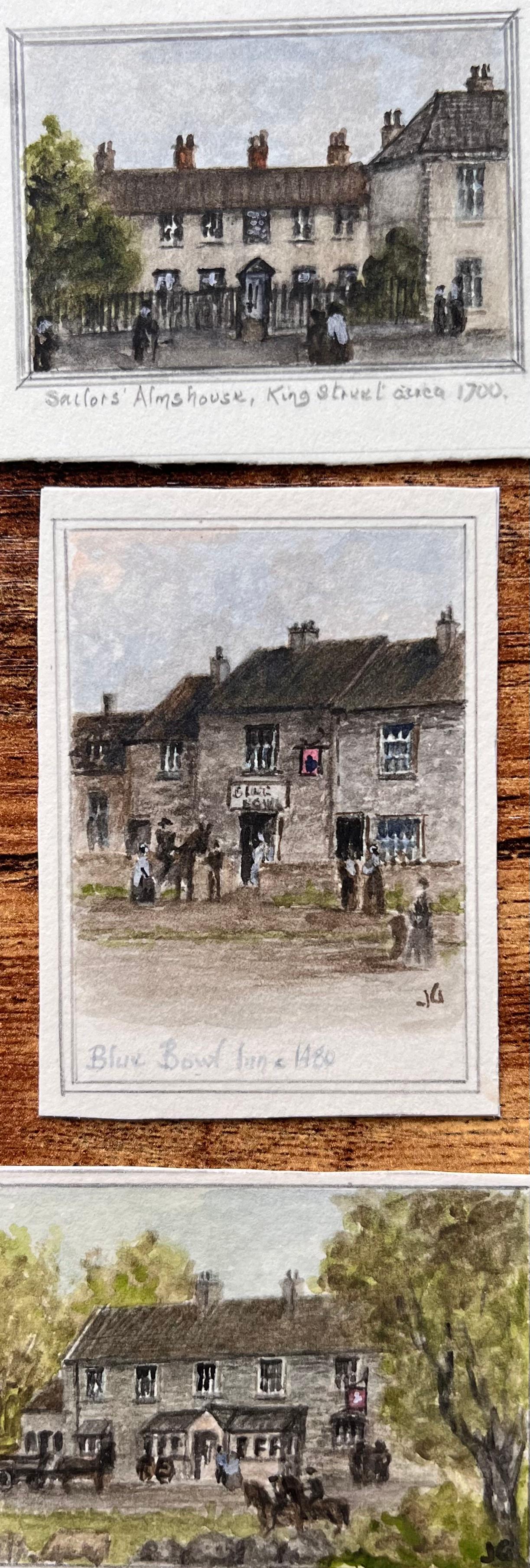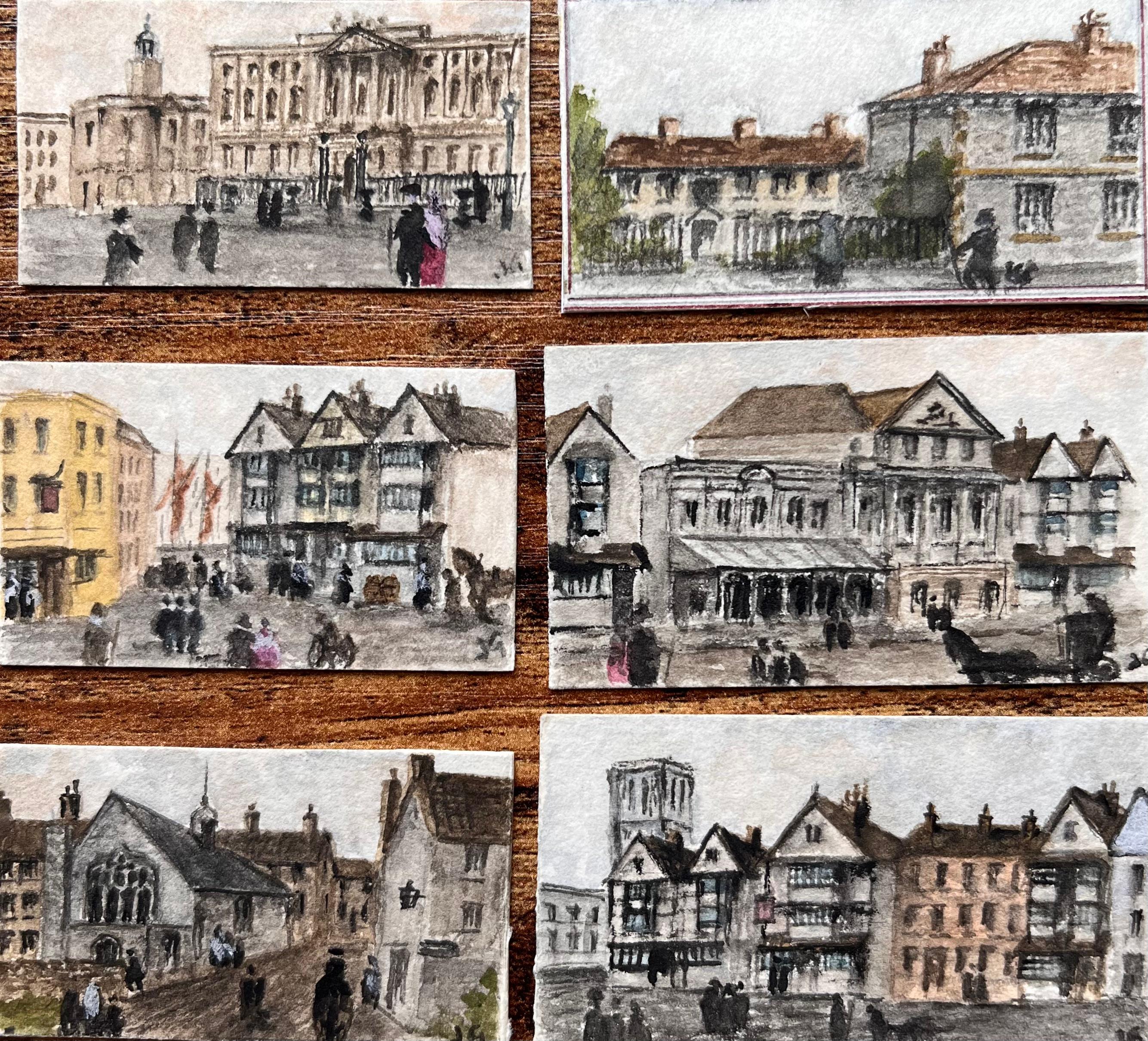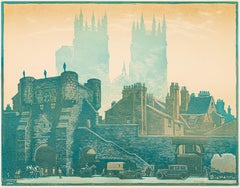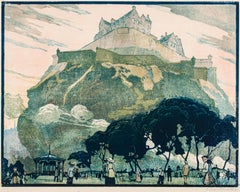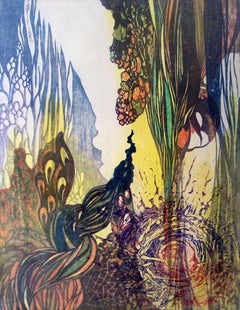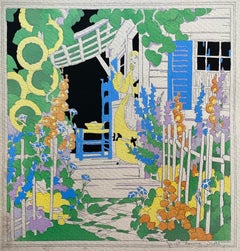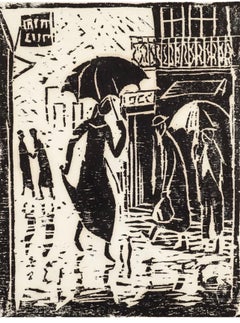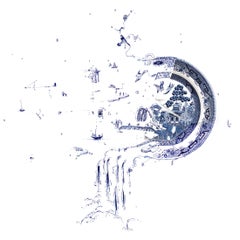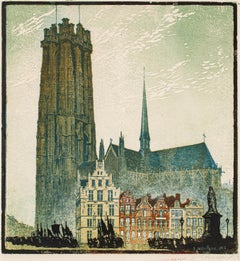
Original Woodcut and Printed Colors of Malines, Emile Antoine Verpilleux, 1922
Want more images or videos?
Request additional images or videos from the seller
1 of 6
Emile Antoine VerpilleuxOriginal Woodcut and Printed Colors of Malines, Emile Antoine Verpilleux, 19221922
1922
About the Item
About the Seller
No Reviews Yet
Vetted Professional Seller
Every seller passes strict standards for authenticity and reliability
1stDibs seller since 2022
Authenticity Guarantee
In the unlikely event there’s an issue with an item’s authenticity, contact us within 1 year for a full refund. DetailsMoney-Back Guarantee
If your item is not as described, is damaged in transit, or does not arrive, contact us within 7 days for a full refund. Details24-Hour Cancellation
You have a 24-hour grace period in which to reconsider your purchase, with no questions asked.Vetted Professional Sellers
Our world-class sellers must adhere to strict standards for service and quality, maintaining the integrity of our listings.Price-Match Guarantee
If you find that a seller listed the same item for a lower price elsewhere, we’ll match it.Trusted Global Delivery
Our best-in-class carrier network provides specialized shipping options worldwide, including custom delivery.More From This Seller
View AllOriginal Woodcut & Printed Colors of York, Emile Antoine Verpilleux, 1920
Located in New York, NY
Emile Antoine Verpilleux, 1888-1964
York, 1920
Original woodcut, printed in colors
14 x 18 inches
Signed in pencil
Category
1920s Landscape Drawings and Watercolors
Materials
Woodcut
Original Woodcut & Printed Colors of Edinburgh Castle, Emile Antoine Verpilleux
Located in New York, NY
Emile Antoine Verpilleux, 1888-1964
Edinburgh Castle, 1913
Original woodcut, printed in colors
14 ½ x 18 inches
signed and dated 'E. Verpilleux 1913', in pencil
Category
1920s Landscape Drawings and Watercolors
Materials
Woodcut
Watercolor and Wood Cut Painting Titled "We're Still in the Hole", Atsuko Honda
Located in New York, NY
Atsuko Honda (b.1984, Osaka) utilizes traditional techniques and methods that are increasingly rare among 21st-century practitioners. Honda has been focusing on printmaking since 200...
Category
2010s Abstract Drawings and Watercolors
Materials
Watercolor, Woodcut
Barbara Regina Dietzsch Watercolor Painting of White Primrose, ca. 1730
Located in New York, NY
Barbara Regina Dietzsch, 1706-1783
White Primrose, Japanese Quince, a Beetle, and a Butterfly, ca. 1730
Opaque watercolor painting
inscribed on...
Category
1730s Still-life Drawings and Watercolors
Materials
Watercolor
Set of 5 Watercolor on Paper Flowers
Located in New York, NY
Boy Kong (b. 1993, Orlando) is a self-taught multi-media artist. Raised in Orlando and of Chinese-Vietnamese heritage, his growing body of work draws inspiration from a vast array of...
Category
2010s Landscape Drawings and Watercolors
Materials
Watercolor
Watercolor Painting by William Zorach, Titled "Redwoods, Yosemite Valley", 1920
By William Zorach
Located in New York, NY
William Zorach, 1887-1966
Redwoods, Yosemite Valley, 1920
Watercolor and pencil
15 ¾ x 13 ⅜ inches
Signed (at lower right): William Zorach
WZorach-7
Provenance:
Estate of William Zorach
Exhibited:
William Zorach, 1887-1996, Sculpture, Drawings and Watercolors, Zabriskie Gallery, New
York; Feb. 10 – March 14, 1998.
William Zorach was born in Lithuania in 1889, and immigrated to the United States with his
family in 1893. Settling in Cleveland with his parents, he worked as a lithographer from 1902-
1908, making enough money to study painting with Henry G. Keller at the School of Art. In
1910, Zorach traveled to Paris to study in La Palette, where he was encouraged to develop his
own unique style rather than adhere to traditional teachings. Zorach once said, “I began to be
conscious of the various modern influences that were invading the art world…I was disturbed
and confused, and yet I felt that I was a very young man entering a new age. The forces creating
modern art seemed more alive to me than anything I had known or anything being done in
America.” 1 Together with his wife Marguerite, William Zorach produced a number of Cubist-
style paintings for the American Armory Show of 1913, and the Forum Exhibition in New York
in 1916.
Around 1917, Zorach followed the lead of cubist artist Pablo Picasso and began experimenting
with wood and stone carvings. By 1922, he devoted himself entirely to sculpture, and like
Picasso, became fascinated in “primitive art”—the ritual objects and sculpture pieces of Oceanic,
Native American and African tribes. Zorach’s work developed in its use of block-like forms with
progressive suppression of detail—drawing elements from sources as disparate as the
contemporary cubist and modernist movements, and combining them with forms seen in early
African sculpture. Though the forms of his sculpture were often abstract, Zorach primarily
focused upon a traditional subject matter, producing such well-known sculptures as Young Girl,
now in the Whitney Museum of American Art, and Mother and Child, in the collection of the
Metropolitan Museum of Art. Today, William Zorach is known as one of the earliest and most
influential American artists dedicated to direct carving. Zorach also made an impression as a
teacher and writer, facilitating a major change in the aesthetic philosophy and technique of
sculpture in the United States.
During the summers from 1913 to 1922, Zorach and his wife Marguerite painted...
Category
1920s Landscape Drawings and Watercolors
Materials
Watercolor, Pencil
You May Also Like
Arts and Crafts Illustration of Women in Yellow Dress in Foliage
Located in Miami, FL
This is an elegantly rendered and designed work with fine lines and flat colors by an accomplished female illustrator.
Signed lower right Framed in an old simple wooden frame with...
Category
1920s Art Nouveau Figurative Drawings and Watercolors
Materials
Pencil, Woodcut
Woodblock Print Polish Israeli Artist Azriel Awret Rainy Street Jerusalem Israel
By Irene Awret
Located in Surfside, FL
Awret, Azriel (Polish Israeli, 1910-2010),
Rainy Street in Jerusalem,
Woodblock print, 9.75 x 7.5 inches, pencil hand signed and numbered 35/60, framed measuring 19.5 x 14.25 inches.
Azriel Awret was born in Lodz, Poland, and moved to Belgium where he lived in Brussels. He married an Aryan woman, Anna Louisa Bonhiere, which saved him from deportation. But in January 1943 he was interned in Malines camp. Awret was an engineer, so he was given employment as an electrician. While in Malines he met Irène Spicker, who was working in the Mahlerstube (art workshop). They married after the war and moved to Israel, settling in Safed and continuing their artistic activity. Today they divide their time between Israel and the United States.
The Beit Lohamei Haghetaot (The Ghetto Fighters’ House Museum) art collection includes works by Awret from his time in Malines. These works depict various aspects of life in Malines, including figures of internees. They were donated by the artist.
He collaborated with his wife in a naif, folk art style.
Irène Awret...
Category
1950s Expressionist Figurative Drawings and Watercolors
Materials
Woodcut
Secret Garden 18 - Contemporary, Drawing, Flower, White, Black, Figurative
By Alina Aldea
Located in Baden-Baden, DE
Secret Garden 18, 2021
black ink on paper
27 9/16 H x 39 3/8 W in.
70 H x 100 W cm
The drawings signed by Alina Aldea show the meticulousness and perfection of microscopic observati...
Category
2010s Post-Modern Landscape Drawings and Watercolors
Materials
Paper, Ink
Fragmented in Blue with Waterfall print
By Robert Strati
Located in New York, NY
Robert Strati is an American artist who creates multimedia artworks using broken plates. His recent series “Fragmented” started when he accidentally dropped and broke a porcelain pla...
Category
2010s Landscape Drawings and Watercolors
Materials
Porcelain, Ink, Digital
Price Upon Request
Plowman, Brecksville, Ohio, Early 20th Century Farm Landscape, Cleveland School
By Frank Wilcox
Located in Beachwood, OH
Frank Nelson Wilcox (American, 1887–1964)
Plowman, Brecksville, Ohio, c. 1922
Watercolor on paper
Signed lower right
22.5 x 27.75 inches
27.75 x 34.5 inches, framed
Frank Nelson Wilcox (October 3, 1887 – April 17, 1964) was a modernist American artist and a master of watercolor. Wilcox is described as the "Dean of Cleveland School painters," though some sources give this appellation to Henry Keller or Frederick Gottwald. Wilcox was born on October 3, 1887 to Frank Nelson Wilcox, Sr. and Jessie Fremont Snow Wilcox at 61 Linwood Street in Cleveland, Ohio. His father, a prominent lawyer, died at home in 1904 shortly before Wilcox' 17th birthday. His brother, lawyer and publisher Owen N. Wilcox, was president of the Gates Legal Publishing Company or The Gates Press. His sister Ruth Wilcox was a respected librarian.
In 1906 Wilcox enrolled from the Cleveland School of Art under the tutelage of Henry Keller, Louis Rorimer, and Frederick Gottwald. He also attended Keller's Berlin Heights summer school from 1909. After graduating in 1910, Wilcox traveled and studied in Europe, sometimes dropping by Académie Colarossi in the evening to sketch the model or the other students at their easels, where he was influenced by French impressionism. Wilcox was influenced by Keller's innovative watercolor techniques, and from 1910 to 1916 they experimented together with impressionism and post-impressionism. Wilcox soon developed his own signature style in the American Scene or Regionalist tradition of the early 20th century. He joined the Cleveland School of Art faculty in 1913. Among his students were Lawrence Edwin Blazey, Carl Gaertner, Paul Travis, and Charles E. Burchfield. Around this time Wilcox became associated with Cowan Pottery.
In 1916 Wilcox married fellow artist Florence Bard, and they spent most of their honeymoon painting in Berlin Heights with Keller. They had one daughter, Mary. In 1918 he joined the Cleveland Society of Artists, a conservative counter to the Bohemian Kokoon Arts Club, and would later serve as its president. He also began teaching night school at the John Huntington Polytechnic Institute at this time, and taught briefly at Baldwin-Wallace College.
Wilcox wrote and illustrated Ohio Indian Trails in 1933, which was favorably reviewed by the New York Times in 1934. This book was edited and reprinted in 1970 by William A. McGill. McGill also edited and reprinted Wilcox' Canals of the Old Northwest in 1969. Wilcox also wrote, illustrated, and published Weather Wisdom in 1949, a limited edition (50 copies) of twenty-four serigraphs (silk screen prints) accompanied by commentary "based upon familiar weather observations commonly made by people living in the country."
Wilcox displayed over 250 works at Cleveland's annual May Show. He received numerous awards, including the Penton Medal for The Omnibus, Paris (1920), Fish Tug on Lake Erie (1921), Blacksmith Shop (1922), and The Gravel Pit (1922). Other paintings include The Trailing Fog (1929), Under the Big Top (1930), and Ohio Landscape...
Category
1920s American Modern Figurative Drawings and Watercolors
Materials
Watercolor
Two Old Pecan Trees, Early 20th Century Landscape, 1st Place May Show Winner
By Frank Wilcox
Located in Beachwood, OH
Frank Nelson Wilcox (American, 1887–1964)
Two Old Pecan Trees, 1932
Watercolor on paper mounted on board
Signed lower right
21 x 28.25 inches
27 x 35.25 inches, as framed
Exhibited: 1932 May Show (1st Place) Cleveland Museum of Art; Poetics of Place: Charles Burchfield and His Contemporaries, 2001 Cleveland Artist's Foundation.
Frank Nelson Wilcox (October 3, 1887 – April 17, 1964) was a modernist American artist and a master of watercolor. Wilcox is described as the "Dean of Cleveland School painters," though some sources give this appellation to Henry Keller or Frederick Gottwald. Wilcox was born on October 3, 1887 to Frank Nelson Wilcox, Sr. and Jessie Fremont Snow Wilcox at 61 Linwood Street in Cleveland, Ohio. His father, a prominent lawyer, died at home in 1904 shortly before Wilcox' 17th birthday. His brother, lawyer and publisher Owen N. Wilcox, was president of the Gates Legal Publishing Company or The Gates Press. His sister Ruth Wilcox was a respected librarian.
In 1906 Wilcox enrolled from the Cleveland School of Art under the tutelage of Henry Keller, Louis Rorimer, and Frederick Gottwald. He also attended Keller's Berlin Heights summer school from 1909. After graduating in 1910, Wilcox traveled and studied in Europe, sometimes dropping by Académie Colarossi in the evening to sketch the model or the other students at their easels, where he was influenced by French impressionism. Wilcox was influenced by Keller's innovative watercolor techniques, and from 1910 to 1916 they experimented together with impressionism and post-impressionism. Wilcox soon developed his own signature style in the American Scene or Regionalist tradition of the early 20th century. He joined the Cleveland School of Art faculty in 1913. Among his students were Lawrence Edwin Blazey, Carl Gaertner, Paul Travis, and Charles E. Burchfield. Around this time Wilcox became associated with Cowan Pottery.
In 1916 Wilcox married fellow artist Florence Bard, and they spent most of their honeymoon painting in Berlin Heights with Keller. They had one daughter, Mary. In 1918 he joined the Cleveland Society of Artists, a conservative counter to the Bohemian Kokoon Arts Club, and would later serve as its president. He also began teaching night school at the John Huntington Polytechnic Institute at this time, and taught briefly at Baldwin-Wallace College.
Wilcox wrote and illustrated Ohio Indian Trails in 1933, which was favorably reviewed by the New York Times in 1934. This book was edited and reprinted in 1970 by William A. McGill. McGill also edited and reprinted Wilcox' Canals of the Old Northwest in 1969. Wilcox also wrote, illustrated, and published Weather Wisdom in 1949, a limited edition (50 copies) of twenty-four serigraphs (silk screen prints) accompanied by commentary "based upon familiar weather observations commonly made by people living in the country."
Wilcox displayed over 250 works at Cleveland's annual May Show. He received numerous awards, including the Penton Medal for The Omnibus, Paris (1920), Fish Tug on Lake Erie (1921), Blacksmith Shop (1922), and The Gravel Pit (1922). Other paintings include The Trailing Fog (1929), Under the Big Top (1930), and Ohio Landscape...
Category
1930s Figurative Drawings and Watercolors
Materials
Watercolor
